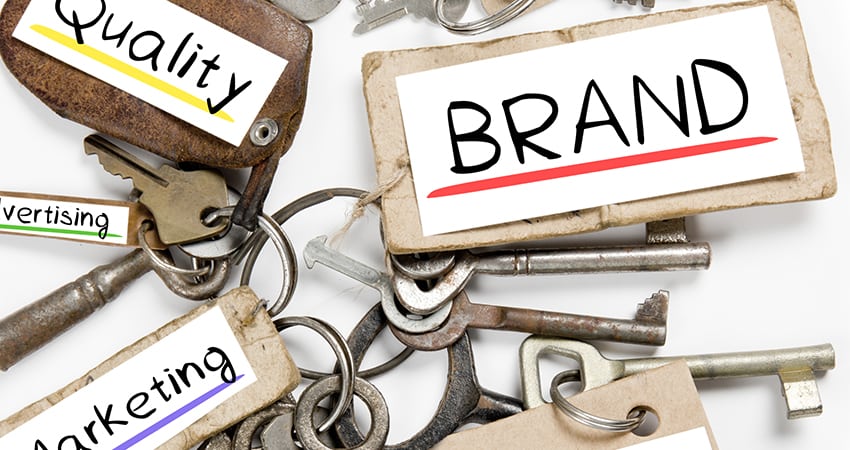Loyalty programs are a near-ubiquitous part of retail, with an estimated 3.8 billion memberships in the US alone. It’s not hard to see why – according to survey data on customer journey optimization from Yieldify, one of the top five reasons that consumers return to a website is because of the brand’s loyalty program rewards.
But times are changing. Growth in loyalty programs has slowed significantly – what stood at 26% growth in 2015 had slowed to 15% by 2017. Acquisition isn’t the only issue – of the roughly $48 billion in reward points and miles issued annually, at least one third goes un-redeemed by consumers. Some major programs have even been pulled – last year, fashion retailer ASOS ended it’s “A-List” loyalty program.
The challenges of loyalty program acquisition and adoption reflect the overall challenges of a burgeoning ecommerce market. Consumers demand more convenience, more rewards and more meaningful engagement – this applies equally to loyalty programs as it does to your store’s overall value proposition. Here, we’ll break down how to face that challenge.
Simplify the Acquisition Process
If you’re finding it difficult to acquire new program members, you’ll need to think about the 22% of people who say that they reject reward programs because enrollment is too difficult or time-consuming.
Your sign-up process should be as optimized as your checkout funnel. Are you asking for the right amount of data? Does the process work as easily on mobile? Are reassuring messages of the rewards yet-to-come reinforcing commitment at points where the user might give up? Test when and how you ask thoroughly.
Diversify From Discounting
The challenge that comes up for almost every retailer we work with is ‘how do I avoid discounting? In the competitive e-commerce market, it’s hardly surprising. So this is an interesting question to raise when it comes to loyalty programs, where discounting is surely part-and-parcel.
There’s a balance to be struck. It would be reckless to suggest that loyalty programs could exist without financial incentives baked into them (44% of people value them the highest), but how can you do this in a way that minimizes the impact on your margin while still bringing in new members?
The answer lies in a reconsideration of what else you think your customers value, remembering that the true goal of driving loyalty is creating an affinity for your brand, not just an army of regular discount-hunters. Exclusivity can be just as compelling an incentive as a discount, and more and more retailers are applying this behavioral economics principle to loyalty programs. 85% of consumers find these “alternative” currencies such as Wi-Fi access and members-only checkout lines to be highly valuable.
For example, early access to product launches is popular with Victoria’s Secret, as they allow their Angel Card members early admission to their semi-annual sales both in-store and online. Sephora holds makeup classes and special events for their VIP Beauty Insider members, and offers advance sales to product launches across buying channels.
Reward Early, Reward Often
One of the biggest turn-offs about loyalty programs is that there’s not enough value in them until you start to spend big. 65% say that they reject loyalty programs because they either don’t spend enough with the brand or there’s not enough value in the program.
While it’s easy to see from a retailer’s perspective why this would be the case, making it difficult to reach reward milestones can be incredibly counterproductive. To counter this, consider using your ‘alternative currencies’ to allow your customers to reap the rewards of engagement earlier and more regularly. The feeling of making progress can spur them to keep engaging.
Bring the Program into the Customer Journey
Those billions of dollars in un-redeemed loyalty points are a symptom of loyalty programs that aren’t knitted into the fabric of a customer journey. When your customer has signed up to a loyalty program, you should be creating an experience that reflects that loyalty – not just in terms of rewards, but in their day-to-day engagement with you.
Skyn ICELAND is a great example of a brand that leverages targeted content to keep loyal customers engaged with their program. Where new shoppers on the website are greeted with a friendly message informing them of the benefits of the rewards program, a returning customer is shown a reminder to update their account to take advantage of points. Beyond this, simply providing a clear view of point/tier status throughout the journey and giving easy access to stored voucher codes as part of the checkout process can help with redemption.
Prioritize Personalization
A Wunderman study reported that 56% of respondents said they feel more loyal to brands who show a deep understanding of their priorities and preferences. This is even more important if your customer base is predominantly Millennial or Generation Z, who value personalization even more: irrelevant incentives can be as big a turn-off as no incentives at all.
Earlier, we talked about the fact that you don’t always need to offer your loyalty program members hefty discounts in order to acquire and maintain their engagement – personalizing their experience is one of the key tools you have to do this. Knowing what your individual customer prefers, you can tailor incentives that feel relevant as well as content that relates to their history with you so far.
That being said, in age where GDPR affects billions of consumers and Facebook has brought issues of data use and privacy to the front page, it’s important to make sure that your loyalty program isn’t going to result in the level of over-personalization that could be construed as ‘creepy’.
Ultimately, loyalty programs have been one of the slower elements of the customer journey to evolve. For brands taking a fresh look at their programs in 2019, focus not only on the deals and discounts, but access to products and services that enhance the experience.
Jay Radia is Co-founder and CEO of Yieldify

